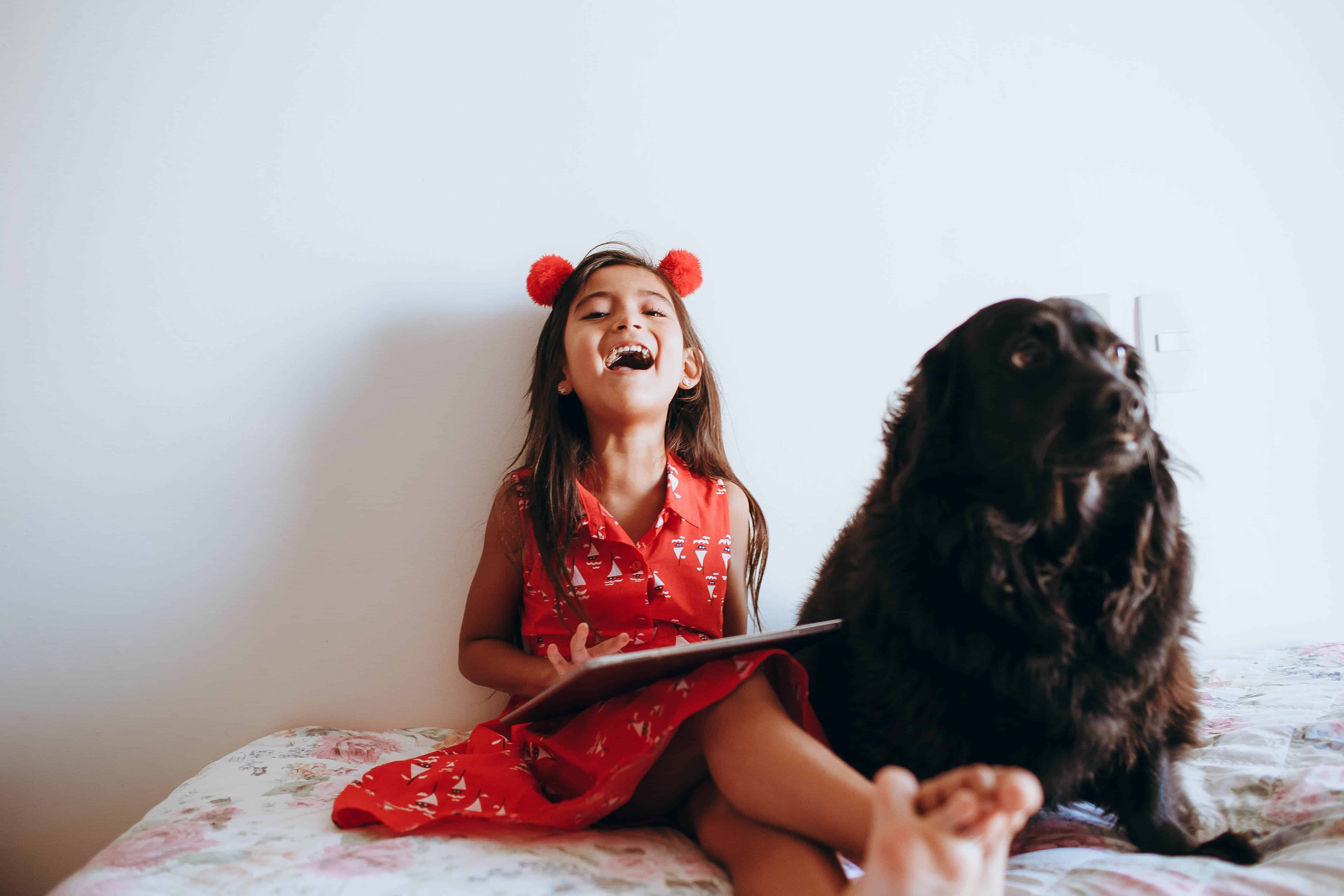Pets and Children Hygiene: How to Keep Things Clean
New parents (or budding parents) should create an environment where their babies can thrive. Sometimes, these environments have pets – and there are some things, especially the cleaning tips, to remember when balancing a growing young one and a pet in the same home.
Not all pets are indoors. For example, cats and dogs love the outdoors, where they play, chew, and spend their energy. It’s in their nature, and because of this, countering the possible germs, bacteria, and pet allergies they bring indoors should become your priority.
Keeping these bacterial and viral infections and diseases from surfacing is often a matter of practicing good—and simple— pets and children hygiene.
Can germs be spread of pets?
Some germs that pets carry (including salmonella and staphylococcus) can be spread to humans. Therefore, protecting your pet is just as important as protecting your home.
To protect your pet, you should ensure they are vaccinated, treated for fleas and ticks regularly, and go to the vet when they show signs of ill health.
Don’t forget to check out our article about pets and hygiene for in-depth knowledge about protecting your pets and reducing the risk of catching infections.
Tips for practicing pets and children hygiene
Cleaning and disinfecting your home, pets, and little ones from germs can be tricky. So here are a few tips to ensure pets and children hygiene.
Pets and hand washing
Always instruct your little ones to wash their hands after playing with the pets to prevent the transmission of diseases.
Teach your children how to wash their hands correctly and ensure they use antibacterial soap or liquid hand wash to eliminate 99.9% of germs. Effective hand hygiene protects children from contracting diseases such as E. coli, salmonella, cryptosporidium, and ringworm.
Pets and eating
Cleaning your pet’s eating area, and dishes is crucial when a little one’s around.
When pets eat and drink from their dishes, their saliva transmits bacteria. Therefore, the bowls must be cleaned properly to prevent illnesses in your pets and children.
Washing pet food bowls between meals with an antiseptic liquid solution or wiping them with multiuse antibacterial wipes to avoid high bacterial growth.
Pets and playtime
Chew toys aren’t just important for your pets; your baby might be interested in them and want to play along.
You can combat this potentially harmful situation by ensuring your child’s safety. For example, using multi-purpose cleaning wipes or disinfectant spray for hard plastic or rubber toys.
Wipe down the toys, rinse them thoroughly, and dry them before letting your pet play with them again.
Pets and hygiene
- Encourage your children to wash their hands with antibacterial soap or liquid hand wash, especially before eating after being in contact with pets.
- Keep your pet’s claws trimmed. This reduces the risk of scratches and pet allergies. In addition, dogs’ paws and cats’ nails can pick up dirt and inadvertently transfer it to you or your children.
- Give your pets their feeding bowl, and store and clean them separately from other household dishes.
- Regularly clean and disinfect your pet’s feeding bowl and rinse the bowl thoroughly with clean hot water. Don’t forget to dry them!
- Create “off-limit” areas for your pet. For example, a kitchen counter or any surface where food is prepared and served is a good starting point to ensure you minimize the risk of spreading germs.
